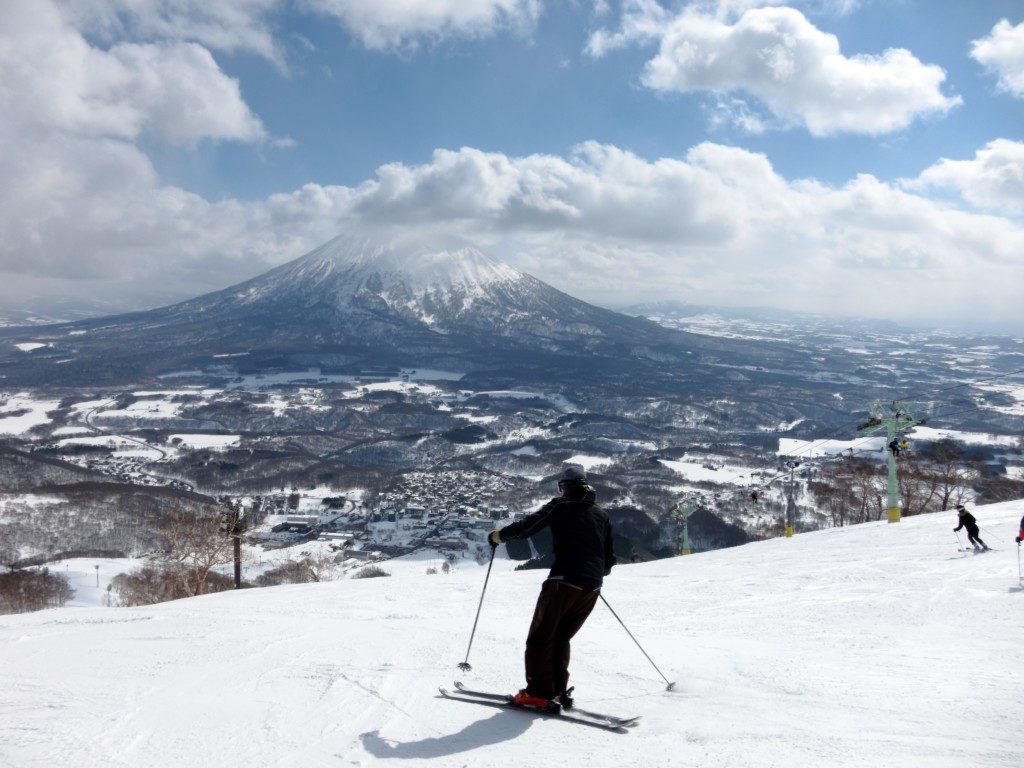Hitting the slopes is one of the most thrilling feelings in the world of skiing. Most skiers invest in quality ski equipment and clothing to ensure they have the best time on the slopes. Ski wear such as Bogner ski wear for men and women boast of comfort and protection without compromising fashion. This allowed skiers to stay comfortable while ensuring protection against different weather conditions.
But to be able to enjoy skiing, you have to know how to keep yourself dry, warm, and comfortable all day long. Unfortunately, layering up for the cold is something not all skiers can master. Some of them end up sweating, overheating, or getting too cold or hot too fast. Following the proper layering system for your ski clothes can mean the difference between staying comfortable and warm or wet and miserable.
If you’re a skiing newbie or you’ve been out of the slopes for a while, you might wonder what clothes to wear for the next ski season. To help you out, this article will explain the right way to layer for skiing to keep you warm and protected while up on the slopes.
The base layer
Do you know that moisture is the reason your body feels cold in areas with lower temperatures? The materials for the base layer should allow you to breathe and prevent the possibility of sweating.
The base layer is the closest layer to the body, making it the ‘second skin.’ The base layer should provide an extra layer of warmth while preventing sweat from dripping all over your body. A proper base layer should keep you warm, comfortable, and fresh while staying active in various conditions, environments, and climates.
There’s a wide selection of fabric options for base layer materials. First is synthetic, such as nylon and polyester. Base layers made of synthetic fabric are the most affordable option, making them the most common choice among skiers. Synthetic base layers provide extra features such as moisture-wicking and quick-drying, perfect for intense activities, such as snowboarding and skiing. They’re also flexible and lightweight, so you can move at ease.
Another type of base layer is the natural fiber such as silk and merino wool. Merino wool is the most expensive since the manufacturing process is labor-intensive. But despite its big price tag, this material offers more features than a synthetic fabric can offer.
Merino wool allows the user to regulate body temperature to manage low-temperature climates and prevent overheating, making you feel warm, dry, and comfortable. It also has antibacterial features to prevent any odor from lingering on your body.
The middle layer

The middle layer act as your body’s insulation. It does all the hard work to keep you warm even in freezing temperatures. As an insulating layer, this helps the user retain the heat radiated by the body. The more efficient its heat-trapping abilities, the warmer you’ll get.
There are three options for middle layers: polyester fleece, down-insulated jackets, and synthetic insulated jackets.
Polyester fleece is available in lightweight to heavyweight fabrics. Even in damp conditions, fleece dries fast to keep you warm while allowing the body to breathe to prevent overheating. The only drawback about breathability is it allows wind to blow inside the body, which steals warmth. If you opt for polyester fleece, you’ll need a shell layer to prevent cold wind from passing through.
Another option is the down-insulated jacket. It’s easy to pack, highly compressible, water and wind-resistant, and offers more warmth than other insulating fabrics. The drawback for this material is it loses insulation efficiency in damp conditions.
Lastly, synthetic insulated jackets are a popular choice during rainy weather because of their water and wind-resistant features and their ability to retain insulation when damp.
The outer layer
The outermost layer is known as the shell layer. Its sole purpose is to protect the user from outside elements, such as snow, rain, and wind. There are four categories for shell layers: waterproof/breathable shells, water-resistant/breathable shells, soft shells, and waterproof/nonbreathable shells.
You need an outer layer that is water and windproof but breathable. This means the layer should keep water and cold air from coming in while allowing moisture to escape.
If you’re going to take skiing seriously, it’s important to know the basics of layering. Knowing how to layer gives you an edge over other skiers. The more you feel comfortable with what you wear, the better you perform while on the slopes. It also gives you the ability to adapt to changes in weather. So for the next ski season, stock up your closet with specialized ski wear for an enjoyable experience on the slopes all day long.

